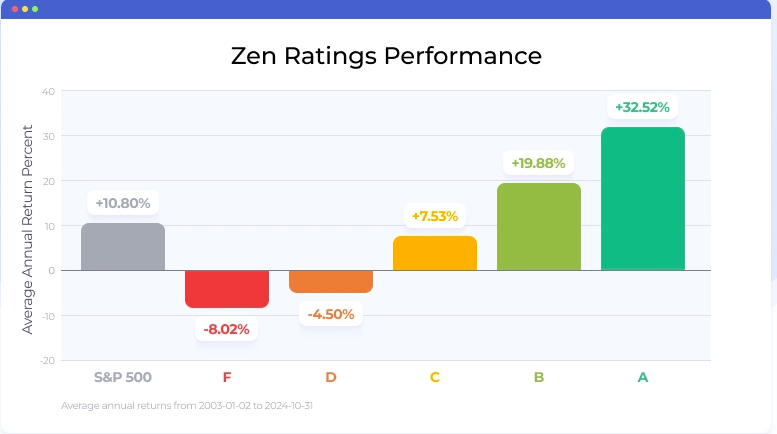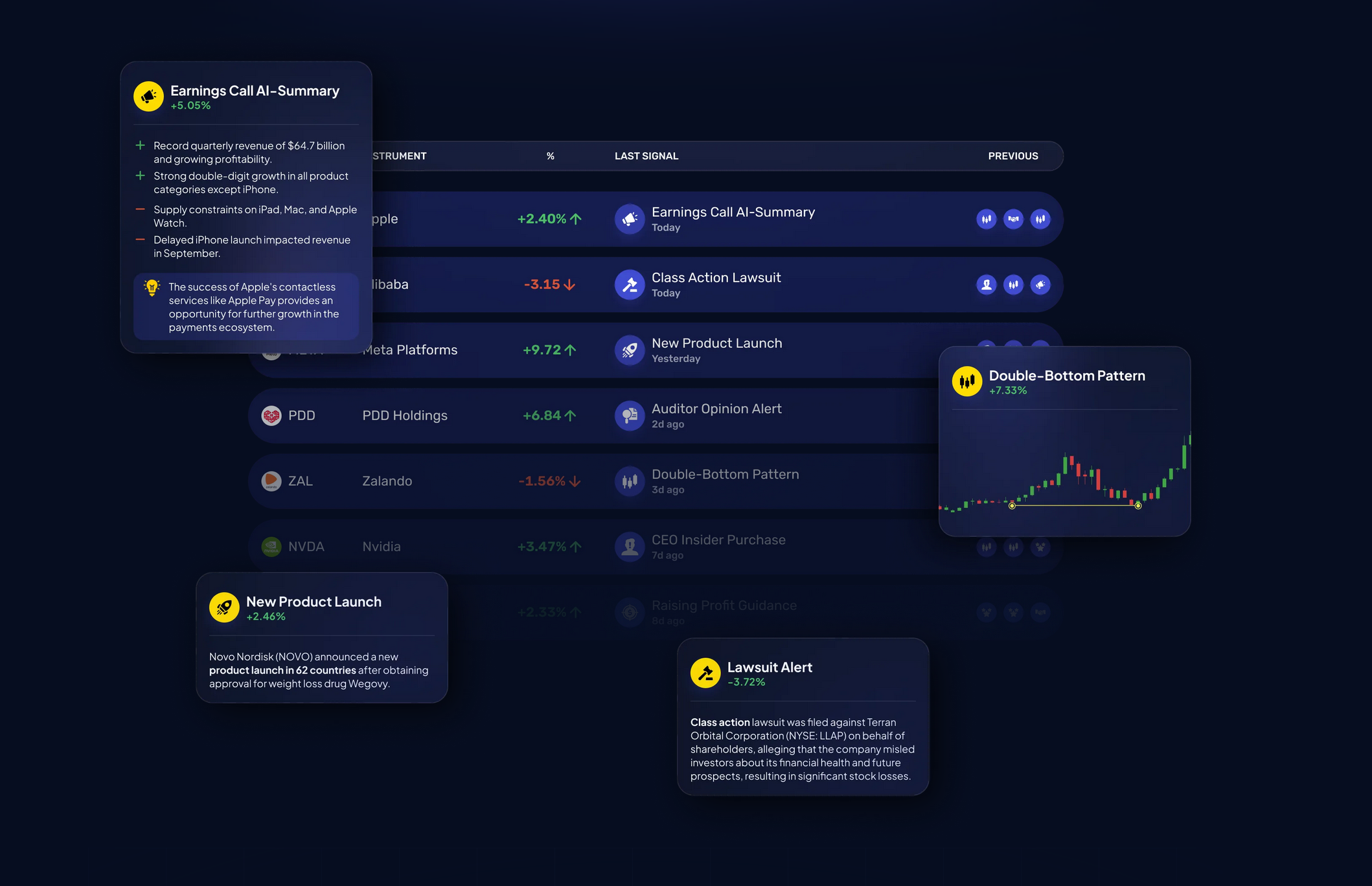20 Handy Pieces Of Advice For Picking AI Stock Prediction Websites
Top 10 Ways To Evaluate The Price And Cost Of Ai Stock Trading PlatformsPricing and cost of AI-powered stock prediction and analysis platforms is crucial to avoid unforeseen costs or hidden fees. Pricing structures can differ significantly, and knowing exactly the price you're paying is essential to make an informed decision. Here are the top 10 tips for evaluating price and cost.
1. Know the Pricing Model
Subscription-based platforms: Discover the cost of an annual or monthly fee. Also, learn what features are included in each level.
Pay-per-Use: Find out if the platform charges for usage (e.g. the amount of trades completed and data requests made, or forecasts).
Freemium: Determine whether a platform offers the free version that is limited and costs extra to access premium features.
2. Compare Pricing Levels
Overview of features: See what features are offered in each pricing the tier (e.g., basic, professional, enterprise).
Scalability: Make sure the price tiers are aligned with your needs.
Upgrade flexibility: See if your plan can be easily upgraded or decreased as your requirements change.
3. Evaluate Hidden Costs
Data fees: Verify if the platform charges extra access to premium data (e.g. real-time data and advanced analytics).
Brokerage fees - Check to see if any extra charges are imposed by the platform to execution of trades, or integration with brokers.
API usage - Determine if there are any additional costs that come with API access or high-frequency usage.
4. Take a look at the free Trials and Demos
Trial period: Look for websites that provide the opportunity for a free trial or demo to test their features before committing.
Review the restrictions on the trial version for free. It might not contain all features.
If you feel that the platform isn't the right fit for you, then make sure that you have the option to cancel the trial.
5. Be sure to check for discounts and promotions.
Discounts on annual plans: Find out for discounts provided by the platform in comparison to their monthly plans.
Referral programs - See if there are any discounts or credits available for referring new users.
Pricing for institutions If you're part of an organization that is larger than you, ask about pricing for bulk orders or institutions.
6. How do you assess return on Investment (ROI).
Cost vs. value - Determine if the platform's options, capabilities, and forecasts are worth the cost. Can it, for instance aid you in making a better trading decision or help you save time.
Performance track record Review the platform's success rate or user reviews to get an idea of the ROI potential.
Cost alternatives - Compare the platform's price with the cost that could be incurred if you don't use it (e.g., missed chance, analysis time manually).
Check out the cancellation policy and Refund Policy
You should be able to unsubscribe at any time without paying any fees or penalties.
Go through the policy on refunds to see whether you are eligible for a refund for any unredeemed subscription portion.
Auto-renewal: Verify that the platform is automatically renewing your subscription, and how you can decide to stop it.
8. Prices should be transparent
Price page that is clear Make sure that the platform is equipped with a clear and up-to-date pricing page without hidden costs.
Customer Support If you have any questions about pricing information and other charges, call customer support.
Terms of the contract: Make sure you know the terms of service and any penalties.
9. Compare to Competitors
Comparing features: Make sure you're getting the best value and the best platform when comparing it with its rivals.
Feedback from users: See what other people think about the platform to determine if it is worth the cost.
Review the market position of the platform. Does it match your needs?
10. Calculate the Long-Term Costs
Price increases: Find out whether there is a pattern of price increases and how frequently they occur.
Features that are added: Find out if your current plan includes new features or needs an upgrade.
Costs for Scalability: Ensure the pricing of your platform is reasonable as your trading activities or requirements for data grow.
Bonus Tips
Test different platforms. You can try multiple platforms for free to test them and compare them.
Discuss your price. If you're part or a larger organization or use this product in huge quantities, discuss pricing options that are custom.
Check out educational tools and resources. A lot of platforms offer free educational tools or materials that can be great additions to their main features.
By following these tips, you can effectively assess the cost and pricing of AI stock predicting/analyzing trading platforms make sure you select one that fits your budget and provides the features and performance you need. A well-balanced platform will give you the most efficient of both cost and performance. View the best investment ai for more advice including ai chart analysis, best ai for trading, AI stock picker, AI stock trading, ai for trading, ai investing platform, ai for investing, ai chart analysis, ai investing platform, trading ai and more.

Top 10 Ways To Evaluate The Scaleability Ai Platform For Predicting/Analyzing Trade Platforms
Analyzing the scalability of AI-driven stock prediction and trading platforms is crucial for ensuring they are able to handle growing demand for data, user demands, and market complexities. Here are the top ten suggestions to evaluate the capacity of these platforms.
1. Evaluate Data Handling Capacity
TIP: Ensure that the platform is able to process and analyse huge databases.
Why? Scalable platforms should be able handle growing amounts of data with no loss.
2. Test the Real-Time Processing Capabilities
Check out the platform to determine how it handles streams of data in real time like breaking news or live stock price updates.
The reason trading decisions are taken in real-time. Delays could lead traders to miss opportunities.
3. Check for Cloud Infrastructure and Elasticity
Tip: Check if your cloud platform (e.g. AWS, Google Cloud or Azure) and has the ability to scale resources dynamically.
Cloud-based platforms offer flexibility. They permit the system to scale down based on the need.
4. Algorithm Efficiency
TIP: Check the computational efficiency (e.g. deep learning, reinforcement learning) of the AI models used for prediction.
Reason: Complex algorithms require a lot of resources. Therefore optimizing them will assist you in scaling.
5. Learn more about Parallel Processing and Distributed Computer Systems.
Tip: Check if the platform supports distributed computing or parallel processing frameworks (e.g., Apache Spark, Hadoop).
The reason is that these technologies accelerate data processing across multiple nodes.
Examine API Integration & Interoperability
Tip : Make sure the platform is compatible with other APIs, like brokers and market data providers. APIs.
What's the reason? Seamless integration enables the platform to be adapted to new trading environments as well as data sources.
7. Analyze User Load Handling
Try simulating high traffic volumes to determine how your platform performs.
The reason is that a platform that is scalable should be able to keep up with performance as the number users increase.
8. Study the Model Retraining adaptability
Tips - Check how often the AI model is trained and with what degree of efficiency.
The reason is that as markets change, models must be updated quickly to remain accurate.
9. Examine fault tolerance and redundancy
Tip: Check that the platform is equipped with failover mechanisms and redundancy in the event of software or hardware failures.
The reason: Since downtime can be expensive in trading Fault tolerance is a must to scaling.
10. Monitor Cost Efficiency
Tip: Analyze the cost of scaling the platform, which includes cloud resources, storage for data, and computing power.
Why: It's important to keep a balanced balance between expenditures and costs for performance.
Bonus Tip: Future-Proofing
Make sure the platform can adjust to changes in regulations and incorporates new technologies, like quantum computing, or even advanced NLP.
Concentrating on these aspects will allow you to assess the scalability AI software for stock prediction and trading and ensure that they are sturdy effective, efficient and capable of sustaining future expansion. Check out the most popular her comment is here for free ai tool for stock market india for more advice including chart ai trading, stock predictor, investing with ai, ai software stocks, ai options trading, AI stock analysis, best ai for stock trading, free ai tool for stock market india, ai investment tools, ai tools for trading and more.
